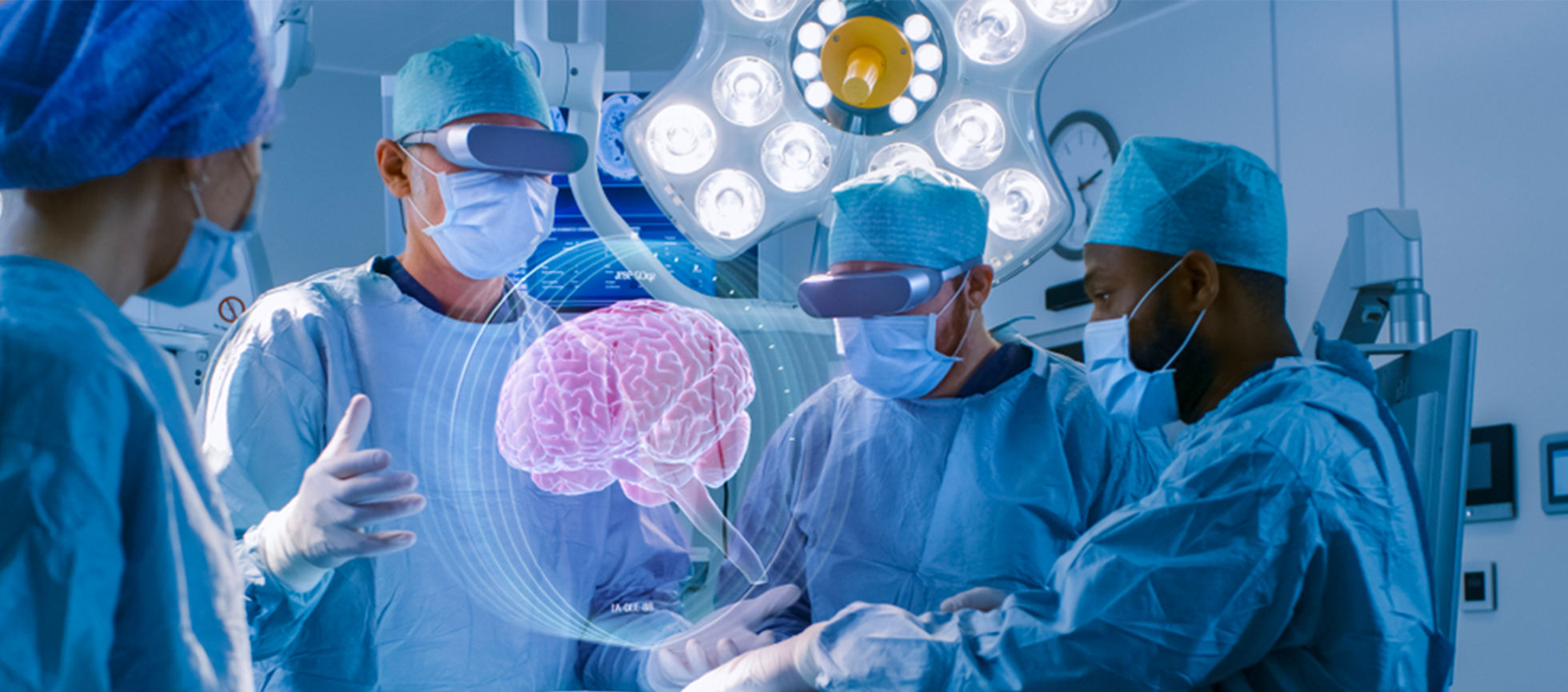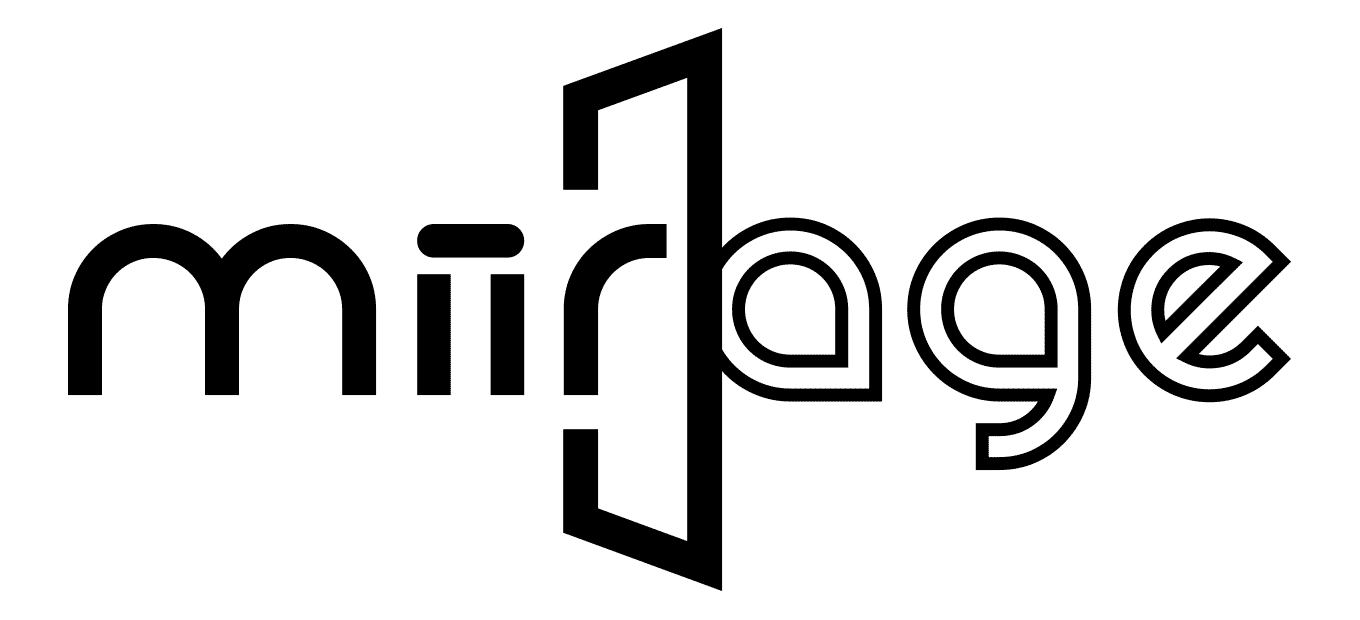Holograms in Healthcare: A New Dimension for Patient Care and Medical Training

The integration of holographic technology in healthcare represents a significant innovation, with the potential to enhance patient care and revolutionize medical training. Holograms offer an interactive and engaging way to visualize complex medical conditions, plan surgical interventions, and deliver medical education. The capabilities of this technology in the healthcare sector are now beginning to be realized.
Patient Engagement and Diagnosis
Utilizing holograms for patient education can significantly enhance the level of engagement and understanding of medical conditions. A study published in The Lancet reported that patients demonstrated a deeper comprehension of their health conditions when presented with 3D holographic models compared to traditional 2D images. This interactive form of education allows for a collaborative approach to patient care, fostering an environment where patients are well-informed and can make educated decisions regarding their treatment options.
Surgical Applications
The field of surgery is experiencing one of the most profound impacts of holographic technology. According to an article in The New England Journal of Medicine, surgeons have been able to reduce operative times by using holographically guided procedures. The technology provides a dynamic anatomical roadmap, offering real-time, accurate visualizations that enhance surgical precision and improve patient outcomes.
Medical Education
Holography is significantly impacting medical education, where it serves as a powerful tool for training the next generation of healthcare professionals. A study highlighted in Academic Medicine found that medical students using holographic simulations showed a 25% improvement in the retention of complex anatomical information. These interactive three-dimensional models enable students to visualize and manipulate anatomy in ways that textbooks or cadavers do not allow.
Telemedicine and Remote Consultations
The application of holography in telemedicine has been gaining momentum. Articles in JAMA have discussed how holographic telepresence has the potential to transform remote patient consultations, allowing for a level of interaction that more closely replicates in-person visits. This could be particularly beneficial for providing specialist consultations in remote or underserved regions, ensuring that distance is no longer a barrier to high-quality healthcare.
Continuous Professional Development
Ongoing education is a cornerstone of healthcare professionalism. As noted in the Journal of Continuing Education in the Health Professions, holography can play a critical role in the continuing education of healthcare providers by offering a practical, risk-free platform for learning new techniques and procedures. This mode of learning is instrumental in maintaining high standards of patient care and adapting to the rapidly changing medical landscape.
Holographic technology has a vast and untapped potential in the healthcare sector. As outlined in recent publications and medical journals, its applications can range from improving patient engagement to enhancing the precision of surgical procedures and the effectiveness of medical education. With continued research and integration, holography could become an indispensable component of modern medicine, offering a higher standard of care and a new dimension to medical training. As healthcare professionals and institutions increasingly adopt this technology, we move closer to a future where healthcare is more accurate, personalized, and accessible.

